The beauty and convenience of artificial plants make them a popular choice for home and office decor. Unlike their natural counterparts, they require no watering, no pruning, and no special lighting conditions. However, one question often arises regarding their durability: do artificial plants fade in the sun? This article delves into the factors influencing the fading of artificial plants and offers insights and tips to maximize their lifespan.
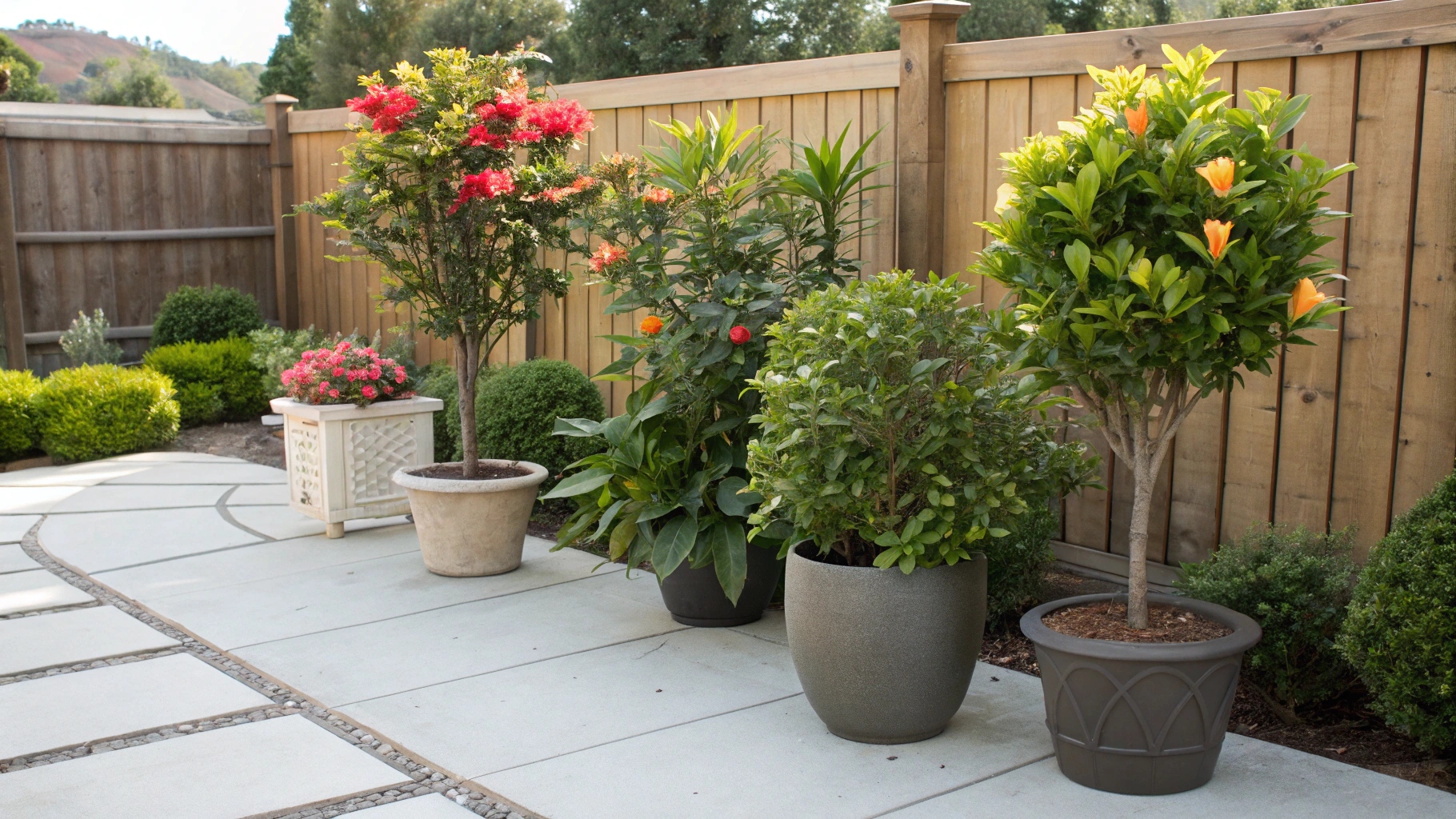
– From Silk to Plastic: Which Material Lasts Longest in the Sun?
Artificial plants, an increasingly popular choice for both interior and exterior decoration, are crafted from a diverse array of materials. The most common materials are silk, plastic, and fabric. Each material has its own characteristics, affecting the plant’s durability and appearance under sun exposure.
Silk Plants: Silk, known for its delicate and realistic appearance, is a traditional material for artificial plants. However, silk is also prone to color fading and deterioration under direct sunlight. Silk plants are best suited for indoor environments where sunlight exposure can be controlled.
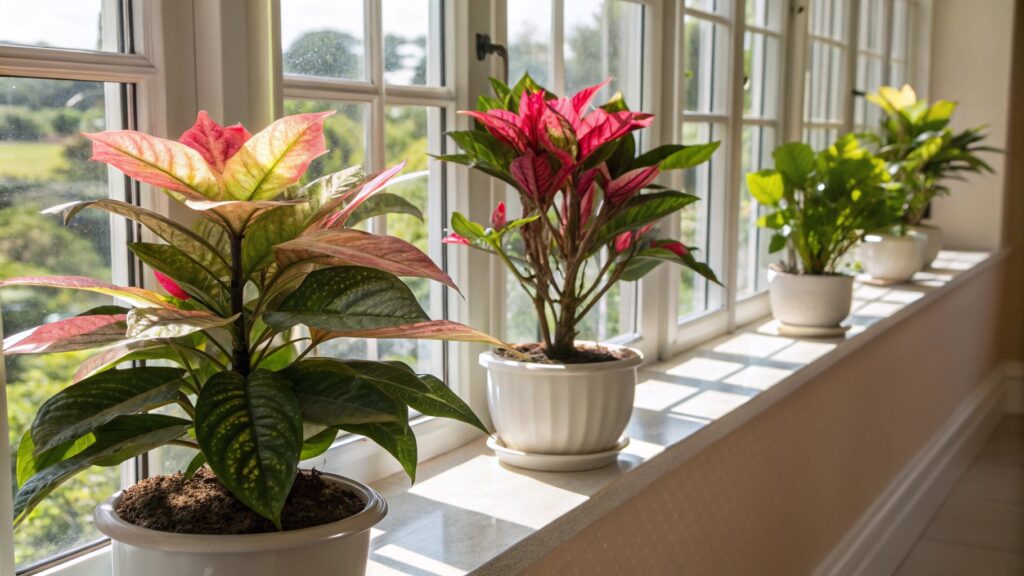
Plastic Plants: Plastic offers more durability than silk. It is resistant to water and varying weather conditions, making it a suitable choice for outdoor settings. However, not all plastics are created equal. Lower quality plastics can become brittle and lose color when exposed to UV rays over time. High-density polyethylene (HDPE) or other high-grade plastics are often used for outdoor artificial plants due to their enhanced UV resistance.
Fabric Plants: These are often a blend of polyester and other materials. Polyester’s flexibility allows for a wide range of plant designs and can hold color well. Like plastic, the quality of fabric used can vary. Higher-grade fabrics are usually treated with UV inhibitors, which help in reducing the rate of fading when exposed to sunlight.
Other Materials: Some artificial plants also incorporate materials like rubber, latex, or foam for added realism and durability. These materials can mimic the texture and flexibility of real plant leaves and petals. However, their longevity and resistance to sun fading can vary based on the quality and treatments applied to the material.
UV Resistance Treatments: Many higher quality artificial plants are treated with UV resistant chemicals. These treatments help in prolonging the color vibrancy and structural integrity of the plants when placed in sunny areas. It’s important to note that while these treatments can slow down the fading process, they might not completely prevent it over an extended period of time.
Now you know the professional secret to a fade-free outdoor plant display: choose high-quality, UV-resistant plastic. This material is specifically engineered to withstand the elements and maintain its color. And it ensures your greenery stays vibrant for seasons to come.
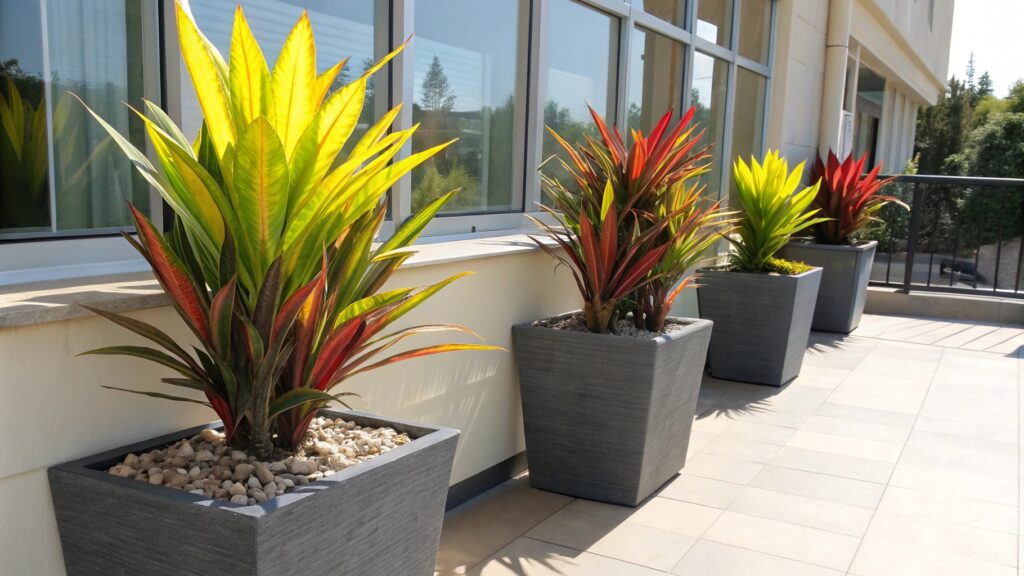
– Do Fake Plants Fade in the Sun?
Yes, artificial plants fade in the sun. This happens for two main reasons: powerful UV radiation and high heat.
UV Radiation and Color Fading: The primary factor affecting artificial plants in sunlight is UV radiation. UV rays can break down the chemical bonds in the dyes used for coloring these plants, leading to a gradual loss of vibrancy. This fading effect is often more pronounced in plants made of lower quality materials without any UV protective coating.
Heat Exposure: Sunlight also brings heat, which can further accelerate the degradation process. High temperatures can exacerbate the breakdown of materials, especially in cheaper artificial plants not designed to withstand such conditions.

Direct sunlight can cause more rapid fading and material degradation compared to indirect or filtered sunlight, where the impact might be less severe. Summer months typically pose a greater risk due to higher UV levels and longer daylight hours. You can place the plants in areas with less direct sunlight, or selecting artificial plants made with high-grade, UV-resistant materials.
You can learn more details to click here about: Can You Put Fake Plants Outside?
– How to Potect Fake Plants from Sun Damage?
To extend the life of artificial plants and prevent fading:
1. Choose UV-Resistant Plants: Expanded Section
Selecting UV-resistant artificial plants is a strategic approach to ensuring that these decorative elements retain their beauty and color, especially when used outdoors. As demand for durable and long-lasting artificial plants grows, many manufacturers are now specifically designing products to withstand the harsh effects of UV rays.
What Makes Plants UV-Resistant: UV-resistant artificial plants are typically made from materials that have been treated with stabilizers or absorbers that reduce the impact of UV radiation. This treatment can be applied during the manufacturing process of the materials or as a coating on the finished product. The purpose is to protect the plant’s color and material integrity from sunlight-induced fading and degradation.
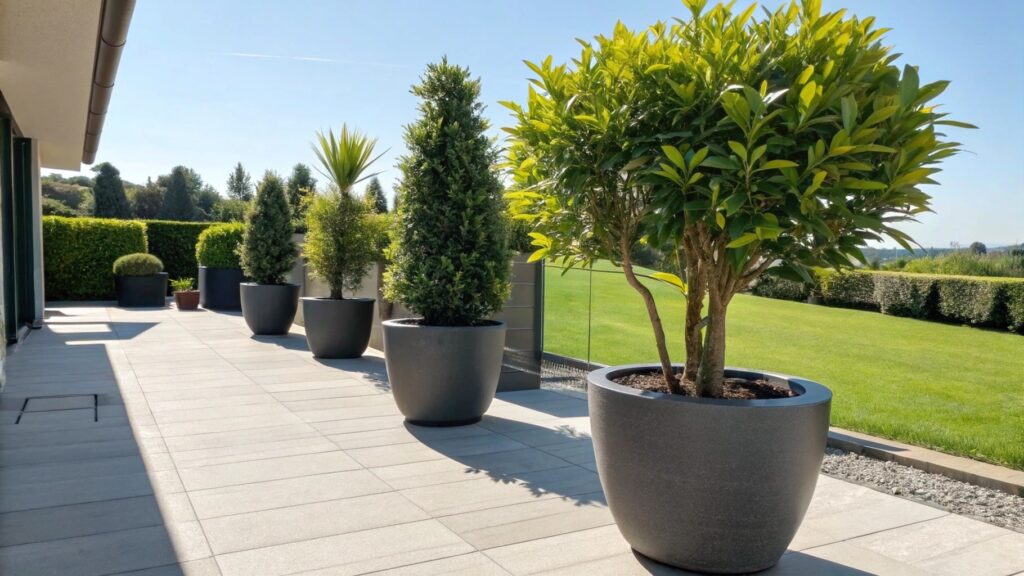
Types of UV-Resistant Materials: Manufacturers often use plastics and fabrics that are inherently more resistant to UV rays. For example, high-grade polyethylene or polyurethane can be used, which have enhanced UV resistance compared to standard plastics. Similarly, fabrics may be treated with UV inhibitors to extend their lifespan.
Benefits of UV-Resistant Plants: The primary benefit of choosing UV-resistant artificial plants is their longevity. These plants are more likely to maintain their color and structural integrity over time, even when placed in areas that receive direct sunlight. This makes them ideal for outdoor settings like gardens, patios, or poolside areas.
2. Limit Direct Sunlight Exposure
Limiting direct sunlight exposure is a crucial strategy in preserving the longevity and appearance of artificial plants. While UV-resistant plants offer increased protection, positioning these plants in areas with filtered or indirect sunlight can further extend their lifespan and maintain their vibrancy.
When placing artificial plants outdoors, consider areas under a canopy, awning, pergola, or near shade-giving trees. These locations provide a barrier against direct sunlight, reducing the intensity of UV rays and heat that the plants are exposed to.

3. Rotate Plants Regularly
Regular rotation of artificial plants is a simple yet effective method to ensure uniform exposure to environmental elements, particularly sunlight. This practice is important for maintaining the even appearance of the plants, preventing uneven fading or discoloration that can occur when one side is consistently more exposed than the other.
Balancing Sun Exposure: In cases where avoiding direct sunlight is not entirely possible, rotating the plants can mitigate the effects of sun exposure. By regularly changing the orientation of the plant, each side receives an equal amount of sunlight over time, helping to maintain consistent coloration and texture throughout.
Frequency of Rotation: The frequency of rotation depends on the intensity of sun exposure and the plant’s location. In general, a monthly rotation is a good rule of thumb for plants in moderate sunlight. For plants in areas with stronger sunlight, more frequent rotations, such as bi-weekly, might be necessary.
4. Regular Cleaning: Expanded Section
Regular cleaning is an essential aspect of maintaining artificial plants, not just for aesthetic reasons, but also to prevent potential damage caused by dust and dirt accumulation. Over time, these particles can contribute to the fading and deterioration of the plants, impacting their overall appearance and longevity.
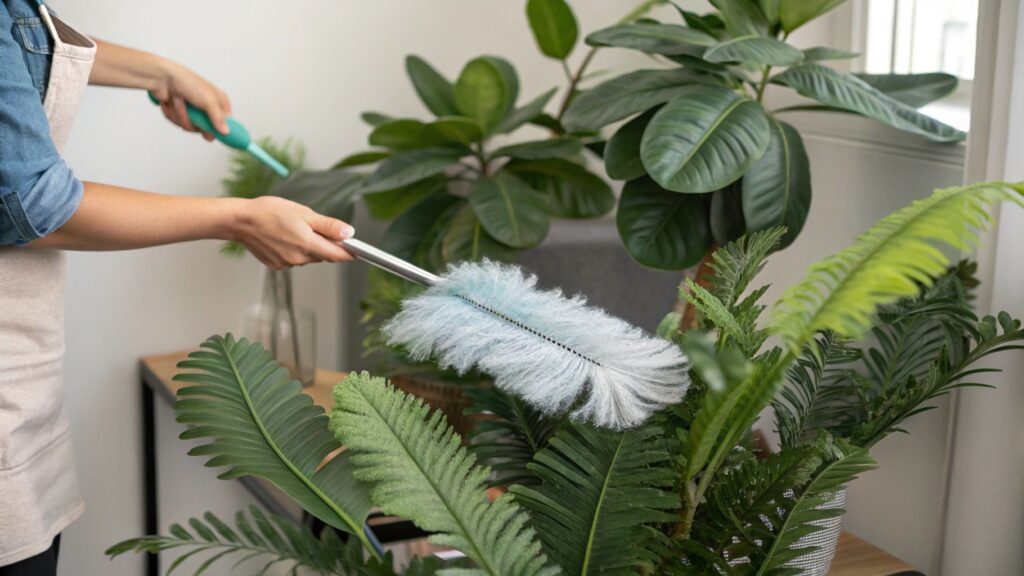
Impact of Dust and Dirt: Dust and dirt can settle on the surface of artificial plants, leading to a dull and lifeless appearance. More importantly, these particles can act as a layer that absorbs and magnifies sunlight, increasing the risk of fading and material degradation, especially when the plants are exposed to direct sunlight.
Cleaning Frequency: The frequency of cleaning depends on the environment in which the plants are placed. In dustier or outdoor settings, more frequent cleaning may be necessary, such as bi-weekly or monthly. For indoor plants in cleaner environments, a less frequent schedule, like quarterly cleaning, might suffice.
Cleaning Techniques: Use a feather duster, microfiber cloth, or a soft brush to gently remove dust from leaves and stems. For delicate plants, compressed air can be used to blow dust off without touching the plant.
For plants with sturdier materials, wiping the leaves with a damp cloth can help remove more persistent dirt. Ensure the cloth is not overly wet to avoid water damage.

Some artificial plants can be carefully rinsed under a gentle stream of water or soaked in a water bath to remove accumulated dirt. This method is more suitable for waterproof materials like certain plastics. For stubborn grime, a mild soap solution can be used. Avoid harsh chemicals that might damage the color or material of the plant.
5. Use Protective Sprays
Incorporating the use of UV protective sprays is an additional and effective step in the care of artificial plants. These sprays add a layer of defense against the potentially damaging effects of sunlight, especially for plants placed in areas with significant sun exposure.
Function of UV Protective Sprays: These sprays are formulated to provide a shield that absorbs or reflects UV rays, thereby reducing their impact on the plants. By blocking these rays, the sprays help in preventing the fading of colors and the degradation of materials that commonly occur due to sun exposure.
Types of Protective Sprays: There are various types of UV protective sprays available, ranging from those designed for general use on artificial plants to more specialized formulas for specific materials like plastic, silk, or fabric. Choosing the right type of spray for the specific material of your artificial plant is crucial for effective protection.

Application Process:
- Ensure that the plant is clean and dry before applying the spray. Dust or dirt can hinder the effectiveness of the spray.
- Spray evenly across all surfaces of the plant, maintaining a consistent distance to avoid over-saturation.
- Allow the spray to dry completely before placing the plant back in its position. This might take several hours, depending on the product and environmental conditions.
Frequency of Application: The frequency with which you should apply UV protective spray depends on several factors, including the intensity of sunlight exposure, the type of plant material, and the specific product’s instructions. Generally, reapplication every few months is a good practice, but always refer to the manufacturer’s recommendations
While artificial plants do have the potential to fade in the sun, taking proper care and choosing the best uv resistant artificial plants can greatly extend their lifespan and appearance. By understanding the effects of sunlight and implementing preventative measures, one can enjoy the beauty of artificial trees and plants in sunny spaces without significant fading.
FAQs of Outdoor Artificial Plants:
1. Can all artificial plants be used outdoors?
Absolutely not. Indoor plants are often made from delicate materials like silk or non-UV treated plastics that will quickly fade and deteriorate when exposed to sun. Only plants specifically designed and labeled for “outdoor use” are made with the necessary UV-resistant materials to withstand the elements.
2. How long do artificial plants last outdoors?
The lifespan varies greatly depending on three factors: material quality, sun exposure, and climate. A low-quality plant in constant, direct sunlight might only last 1-2 years before showing significant fading. However, a high-quality plant made with premium UV-resistant plastic can last for many years, often 5 years or more, especially when placed in a location with some protection from the most intense afternoon sun.



